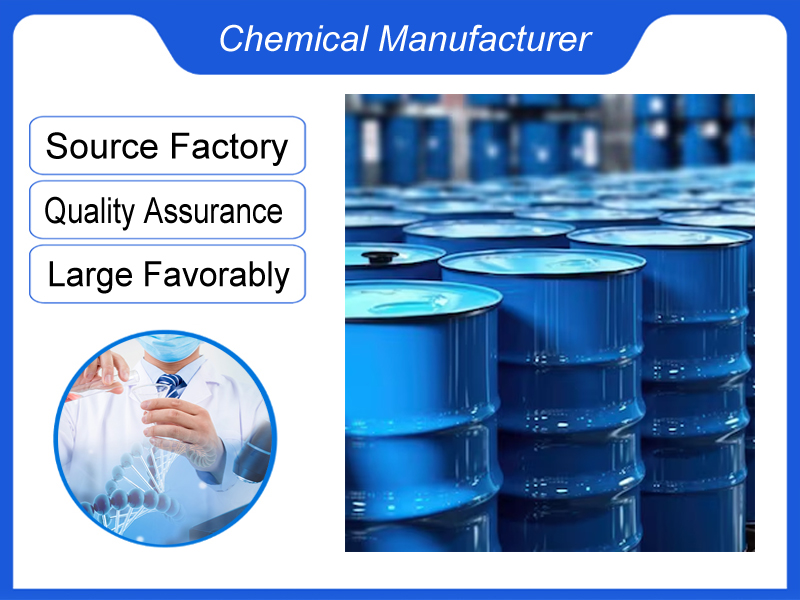
Doxycycline Monohydrate CAS NO.:17086-28-1
We are a manufacturer based in China. We specialize in providing high-quality Doxycycline Monohydrate CAS NO.:17086-28-1 for industrial clients across various sectors. Whether you need chemicals consultation or technical support, our team is here to help.
Category:Active Pharmaceutical Ingredients Own Brand:MT /MOQ:100KG /From China/ B2B only.
Introduction
Molecular Formula:C22H24N2O8,H2O
Molecular Weight: 462.5
CAS No.: 17086-28-1
It is an anti-infective drug. Its fat solubility is 5 times larger than tetracycline and 50 times larger than oxytetracycline. The antibacterial spectrum is the same as tetracycline, but the effect is 2-10 times stronger than the latter. It is still effective against Staphylococcus aureus resistant to tetracycline. The clinical use is the same as tetracycline.
Description
It is a yellow, crystalline powder. It is very slightly soluble in water and in alcohol. It dissolves in dilute solutions of mineral acids and in solutions of alkali hydroxides and carbonates.
Application
It is mainly used for upper respiratory tract infection, tonsillitis, biliary tract infection, lymphadenitis, cellulitis, chronic bronchitis in the elderly caused by sensitive Gram-positive cocci and Gram-negative bacilli. Also used for typhus, ascariasis, mycoplasmal pneumonia. It can also be used to treat cholera and also to prevent falciparum malaria and leptospirosis infection.
Packing and Storage
Preserve in tight, light-resistant container.
Minimum Order
One package
Doxycycline Monohydrate: A Veterinary Antibiotic
Doxycycline Monohydrate is a significant antibiotic in veterinary medicine, used to treat a wide range of bacterial infections in animals.
1. General Characteristics
| Aspect | Details |
| Classification | Tetracycline – class antibiotic |
| Source | Semi – synthetically derived from oxytetracycline. The monohydrate form is a common presentation for veterinary use. |
| Formulation | Available as powders, which can be formulated into tablets, capsules, and oral suspensions for oral administration to animals. Injectable solutions are also available for parenteral use. In some cases, it may be used in topical formulations for treating skin infections. |
| Solubility | Soluble in water to some extent. This property allows for the preparation of solutions suitable for different routes of administration, such as in drinking water for livestock and poultry or for intravenous/intramuscular injections. However, its solubility characteristics may require specific formulation techniques to optimize bioavailability. |
2. Mechanism of Action
| Action | Explanation |
| Inhibition of Protein Synthesis | Doxycycline Monohydrate binds to the 30S ribosomal subunit of bacteria. It blocks the attachment of amino – acyl tRNA to the acceptor site on the ribosome – mRNA complex. As a result, the addition of new amino acids to the growing polypeptide chain is prevented, inhibiting bacterial protein synthesis. |
| Selective Activity | It has a broad – spectrum antibacterial effect. It targets both Gram – positive and Gram – negative bacteria. Additionally, it is effective against certain mycoplasmas, rickettsiae, chlamydiae, and some protozoa. The unique structure of the ribosomes in these organisms allows for specific binding of doxycycline monohydrate, enabling its antibacterial and antiprotozoal effects. |
3. Clinical Applications and Considerations
| Category | Details |
| Applications | – Treating respiratory tract infections in cattle, swine, and poultry. In cattle, it can combat Pasteurella multocida and Mycoplasma bovis. In poultry, it is effective against Escherichia coli, Pasteurella multocida, and Mycoplasma gallisepticum. – Used to control skin and soft – tissue infections in animals, often caused by Staphylococcus spp. and Streptococcus spp. – Treating tick – borne diseases in dogs, such as Rocky Mountain spotted fever (caused by Rickettsia rickettsii) due to its activity against rickettsiae. – In aquaculture, it can be used to treat bacterial diseases in fish, such as Aeromonas hydrophila infections. |
| Considerations | – Overuse can lead to the development of antibiotic – resistant bacteria. Adhering to proper dosage and treatment duration as prescribed by veterinarians is crucial. – Can cause gastrointestinal upset in animals, including nausea, vomiting, and diarrhea. It may also alter the normal gut microbiota. – In young animals, it can cause discoloration of teeth and affect bone growth if used during tooth and bone development stages. – Caution is required when using it in combination with other drugs. For example, it may interact with calcium – containing compounds, reducing its absorption. It can also interact with other antibiotics, potentially leading to enhanced or altered effects. |
Doxycycline Monohydrate plays a vital role in maintaining the health and productivity of livestock, poultry, companion animals, and in aquaculture through effective treatment of bacterial and some protozoal infections.
If you're ready to take the next step, Leave your message below and we’ll reply soon. 20+ years of chemical manufacturing & export experience, a partner you can trust.





